It turns out there are some amazing capabilities hidden amongst that beautiful canopy.
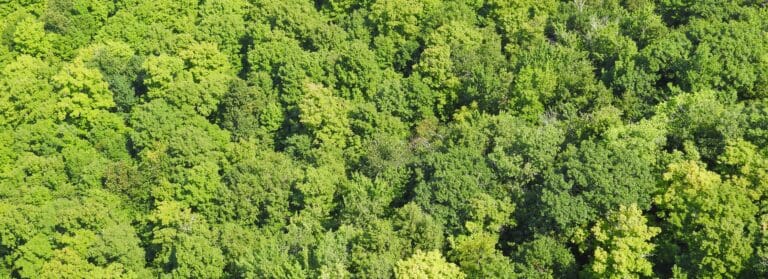
If you’re anything like me, you treasure many childhood memories associated with playing outside. Maybe it was fishing in the watering hole on the back forty with Grandpa. Or perhaps you recollect swinging as high as the clouds on the neighborhood playground.
Pondering those simpler times, there are a few reliable old friends that often come to mind: the line of dense white pines along our property border and a scattering of apple trees nearby. My sister and I would spend countless happy hours hiding out in the conifers, stocked only with apples and our active imaginations.
I’m inclined to believe that many have a tree or two that we remember fondly.
Trees provided a place of solace then and continue to today. From their deep roots to their stately wooden frame, they are an embodiment of comfort and sanctuary.
However, what really catches the eye and provides differentiation among species is the canopy. The myriad of shapes, sizes, and colors of leaves is astonishing, from sycamore leaves the size of dinner plates to slender clusters of pine needles. (Yes, conifer needles are leaves! Read on to find out more.)

Photosynthesis, Let’s Get Into This!
With so much diversity among leaves, interestingly they all serve the same major function: acting as solar panels for the plant they embody.
Thinking back to biology class, perhaps the term photosynthesis comes to mind? We won’t get into the specifics, but basically plants have the amazing ability to chemically combine sunlight, water, and carbon dioxide from the air to make food! It’s really pretty incredible when you think about it.
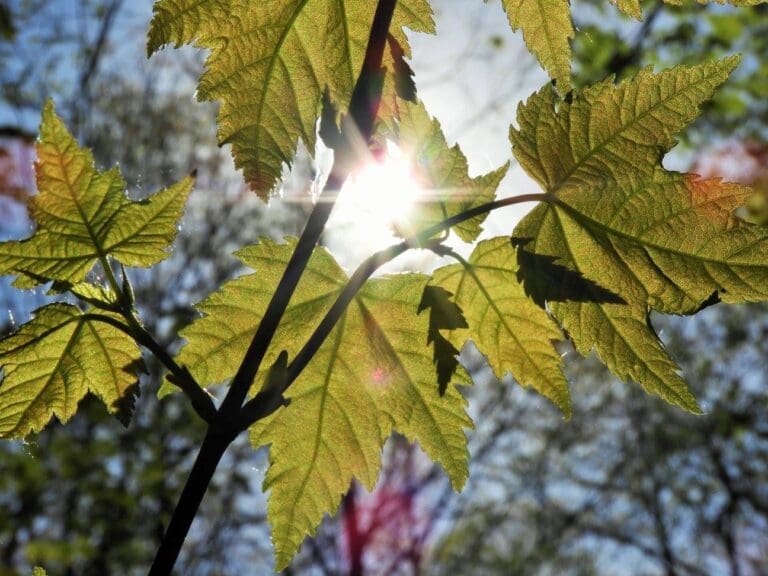
Jack of Many Trades
- Leaves have also evolved to have a variety of interesting “side jobs.”
- Carnivorous plants, such as Venus fly trap, use adapted leaves to capture insects.
- Many succulents use their leaves to store water.
- Leaves serve as a foundation for many ecosystem food webs. For instance, oaks support over 500 species of butterfly and moth caterpillars – more than any other native tree! These insects are a principal source of protein for our migrating and breeding birds.
- Species such as stinging nettle equip their leaves with specialized hairs that deter disturbance by delivering an inflammatory chemical when touched.
- Plants such as dogwoods and poinsettias use colored leaves to attract pollinators to their tiny flower clusters.
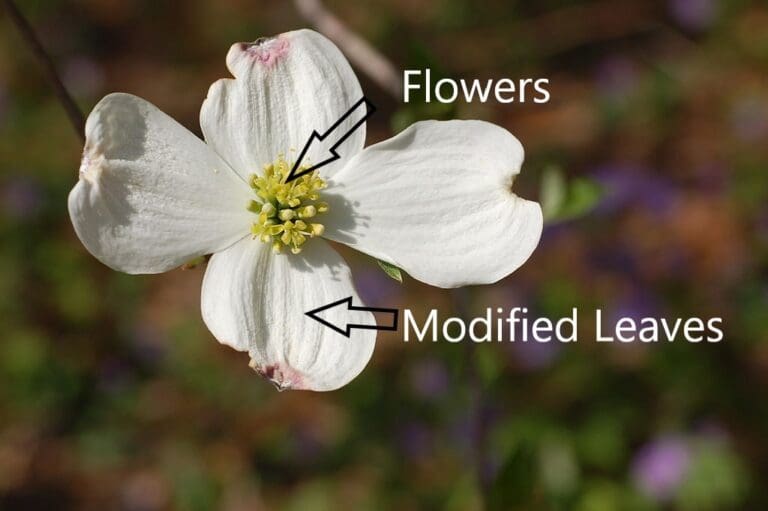
Conifers vs. Broadleaves
As stated earlier, conifer needles are leaves! They perform the same function as broadleaves such as maple & oak, capturing sunlight and turning it into fuel.
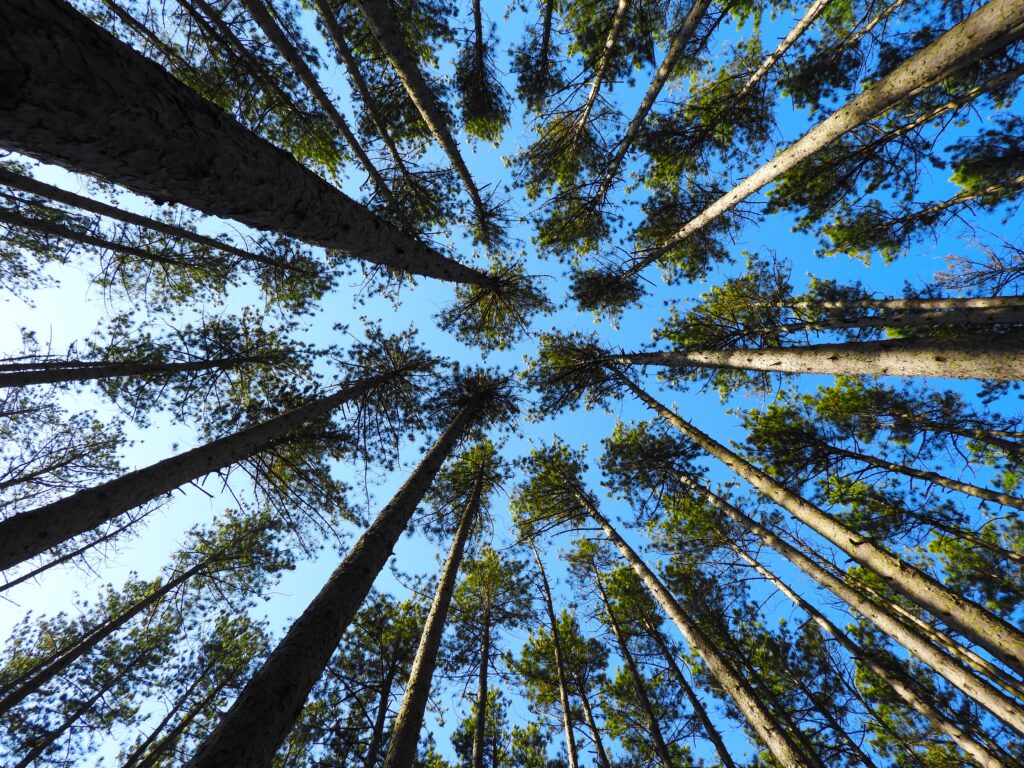
There are some fundamental differences between these two tree types, however. While broadleaf trees tend to shed their leaves each fall, most conifers hold their needles for a few years and lose them on a staggered basis.
Needles have a thick waxy coating and diminished surface area that helps them retain water, which comes in handy in drier climates. And their tendency to grow in a conical form with slender leaves help conifers shed snow while still capturing sunlight.
A Sneak Peak of Next Week
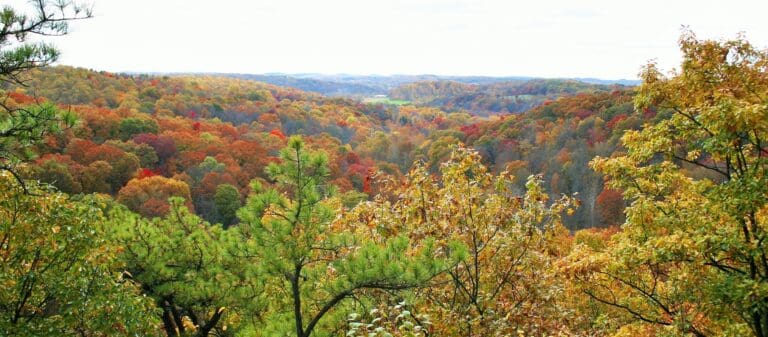
You have likely noticed that many of our broadleaf trees are going out in a blaze color! In fact, the Autumn of 2020 is forecasted to be one of the more brilliant falls we’ve had in years (and goodness knows we deserve it!) Peak fall color in Ohio is predicted to hit in mid-October.
With this quickly approaching, tune in next week as we explore the following:
- Why does this explosion of color occur each autumn?
- Why is it better some years than others?
- Why are some trees a bit more colorful than their neighbors?
- Learn about a fun, kid-friendly activity that combines leaf identification and art!
